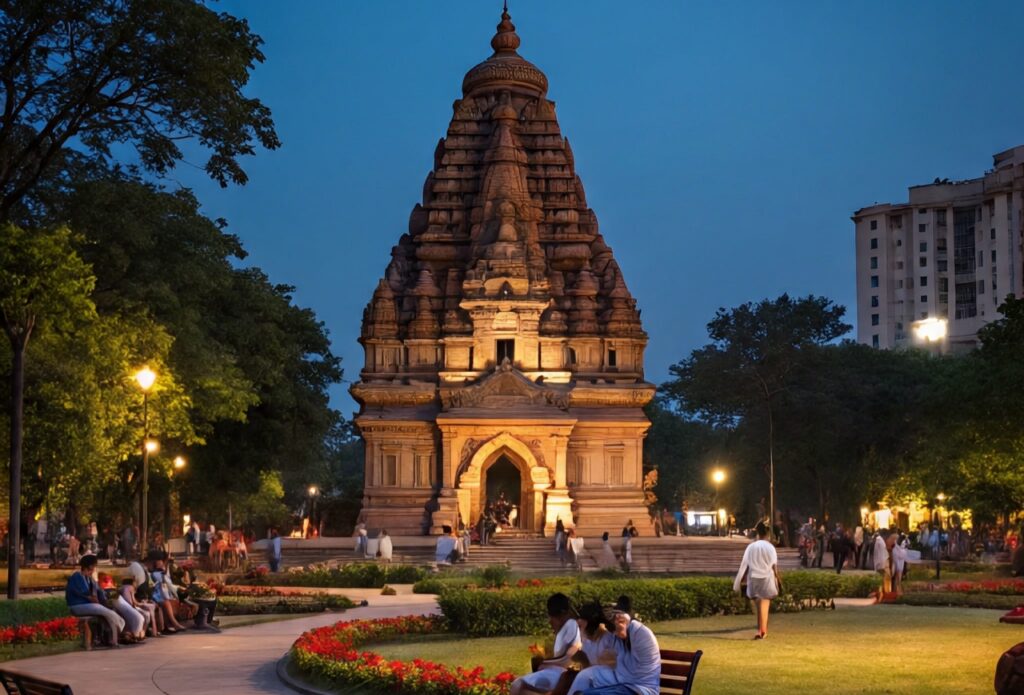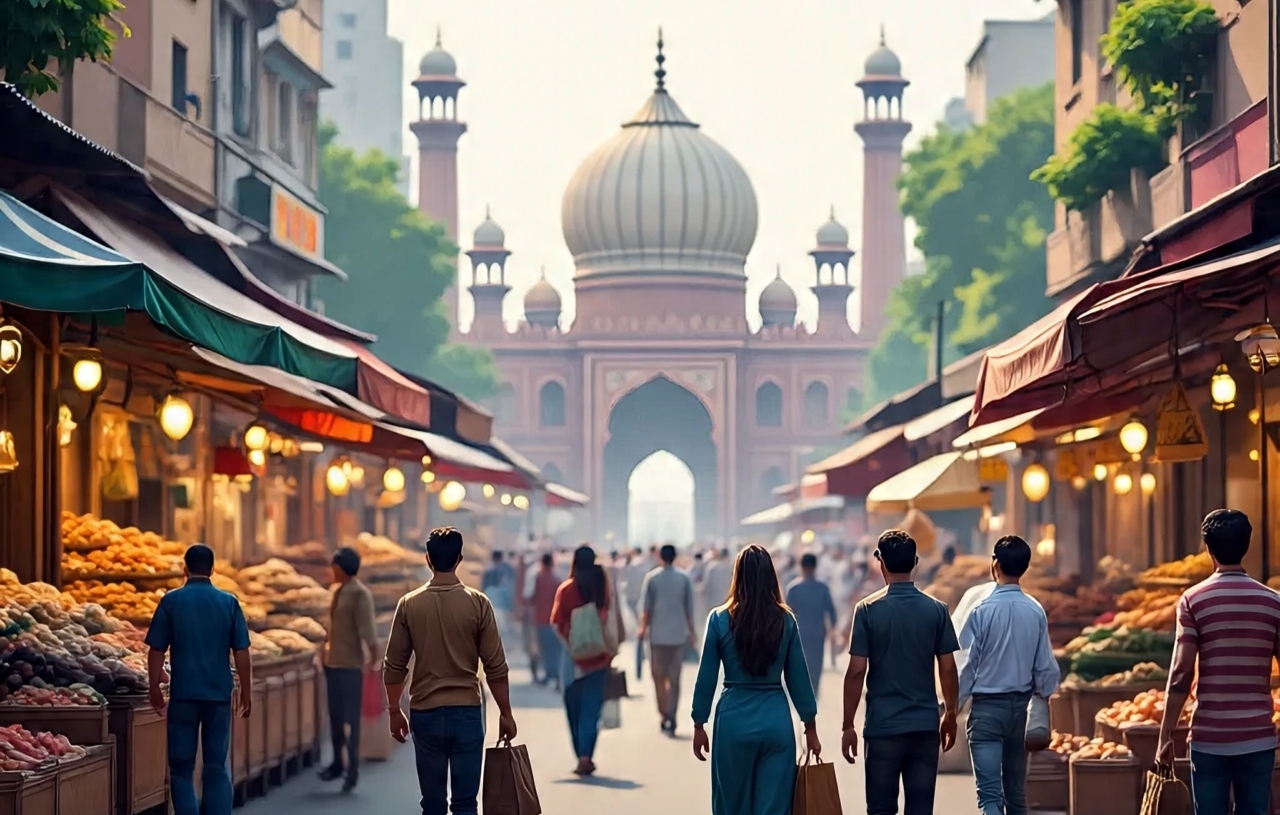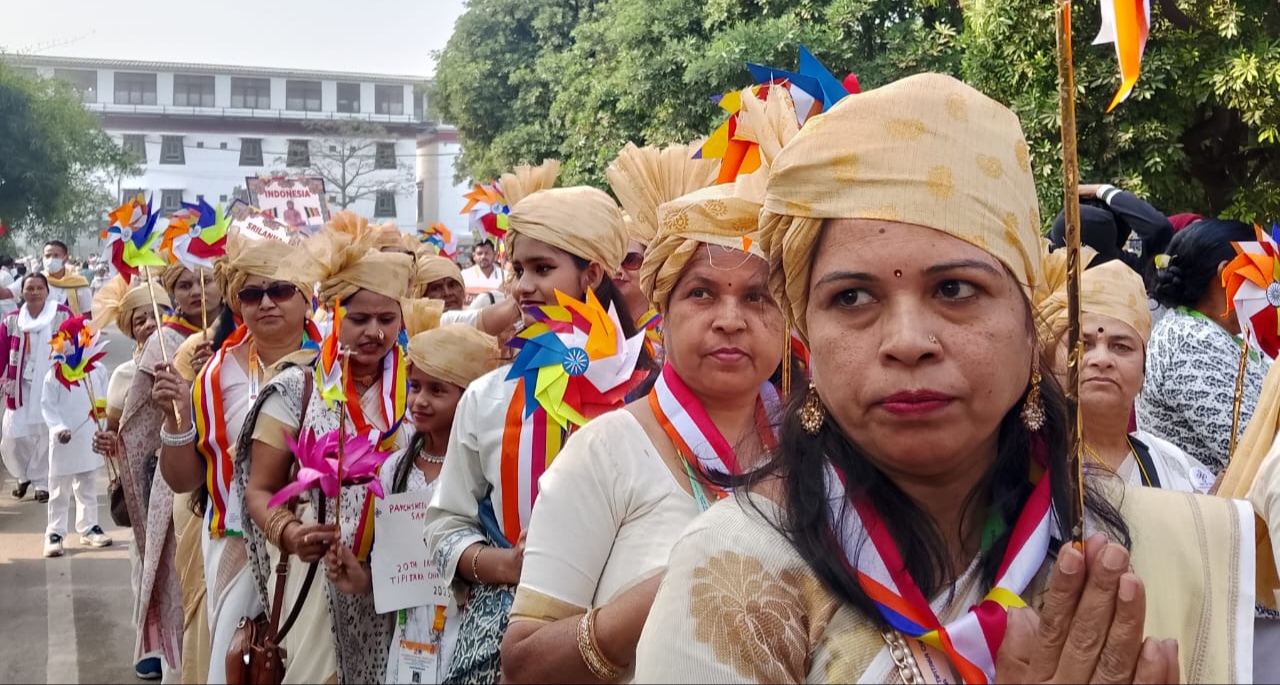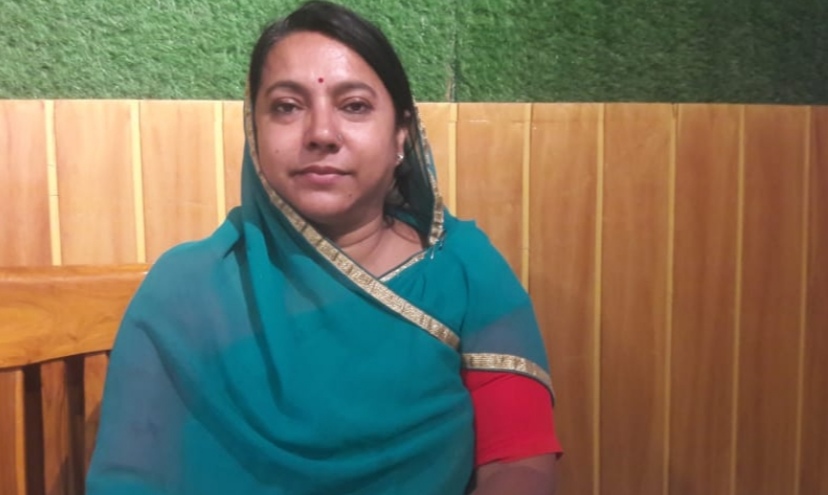 Najmuddin A. Farooqi.
Najmuddin A. Farooqi.
Hon’ble Home Minister
Government of India
North Block
New Delhi
Respected sir,
With due respect and regards, I wish to submit the following observations concerning the recent statement issued by your office regarding the changing religious composition of India’s population as reflected in the Census data from 1951 to 2011.
Your communication emphasized the continuous rise in the Muslim share of the population, attributing this to alleged illegal infiltration from Pakistan and Bangladesh. This interpretation has generated wide public debate. Considering the sensitivity of this issue for national security, social harmony and policy formulation, I respectfully offer the following clarifications and contextual evidence for your kind consideration.
Clarification Regarding Census Data and Interpretation
It is appreciated that your office, after identifying an inadvertent data issue, promptly issued a corrected statement on platform “X” on 10 October 2025 at 6:37 p.m. This prompt correction demonstrated transparency and accountability qualities vital for public trust in official data.
According to the corrected figures, the Muslim population share increased from 9.8 percent in 1951 to 14.4 percent in 2011 an overall rise of 4.6 percentage points over six decades. By your extrapolation, this increase would amount to roughly 35.5 million people, presumed to have entered India illegally. However, a closer examination of demographic, geographic and socio-political realities makes such large-scale infiltration implausible:
Census year % Actual Muslim Population Rise in lacs, according to estimated percentage increase
1951 9.80 N.A
1961 10.70 39.50
1971 11.20 27.40
1981 11.70 41.00
1991 12.60 . 67.70
2001 13.40 82.30
2011 14.40 96.80
TOTAL 355.00
India’s borders with Pakistan touch Gujarat, Rajasthan and Punjab states that have either been governed for long periods by Bhartiya Janata party and from 1998 to 2004 in centre as well, committed to tight border control or have strong Sikh-majority demographics that would make unnoticed Muslim settlement improbable. Bangladesh shares boundaries with West Bengal, Assam, Meghalaya, Tripura, and Mizoram; of these, only Assam has seen significant migration-related issues, which have been addressed through the 1985 Assam Accord under Supreme Court oversight. The other northeastern states have small populations and minimal Muslim presence.
Given these realities,attributing demographic shift to infiltration appears analytically unsound. Fertility differentials, mortality patterns, female foeticide and gender dynamics provide a more evidence based and internally consistent explanation.
Fertility Rate Differentials and Natural Demographic Change
Empirical data from the Census of India and successive National Family Health Surveys (NFHS) show that fertility rates among all communities have declined sharply since independence, though at slightly different paces.
Year I NationalTFR I HinduTFR I MuslimTFR
1951 5.9 NA NA
92-93 3.4 3.3 4.4
05-06 2.7 2.6 3.4
19-21 2.0 1.94 2.36
India’s total fertility fell from nearly 6 children per woman in 1951 to below 2.1 by 2021, marking a historic demographic transition. Both Hindus and Muslims experienced dramatic fertility declines, but the Muslim rate fell faster by about 1 point between 2005 and 2021 narrowing the inter-community gap to only 0.4 children per woman. Most states have now reached or are approaching replacement-level fertility.
This gradual convergence indicates that the small rise in the Muslim share of the population over the decades is a natural demographic outcome rather than evidence of cross-border migration.

Mortality and Survival Differentials
Beyond fertility, mortality patterns have significantly shaped community-wise demographic change. A growing body of demographic research by Bhalotra, Geruso, and others has consistently found that, despite Muslims generally lower socio economic status, they experience lower child and adult mortality than Hindus.
By age five, Muslim children have about a 17 percent lower baseline mortality risk than Hindu children. This survival advantage persists even among upper-caste Hindus who otherwise enjoy better education and income levels. The key reasons lie not in wealth but in health practices and gender attitudes.
Hindu girls, for instance, face higher under-five mortality than Hindu boys a reflection of gender preference. Female mortality among Hindus is strongly linked to deep-rooted son preference, the economic burden of dowry, and religious expectations regarding sons performing last rites. Conversely, Muslims display less gender bias: they breastfeed earlier, treat sons and daughters more equitably and often have stronger kinship networks that ensure care for mothers and children alike.
Maternal health also contributes to these differences. Muslim women have shown greater gains in height a proxy for childhood nutrition than Hindu women over the last three decades. Height correlates strongly with lower child mortality. Muslim mothers also record slightly healthier body mass indices (BMI) and lower rates of undernutrition (about 32 percent, compared with 37 percent among Hindu women).
Dietary habits appear to reinforce these trends. Muslim households consume more protein-rich foods meat, eggs and dairy while large sections of Hindu society, particularly among poorer strata, follow strict vegetarianism that may limit essential nutrients. Studies show that children of vegetarian mothers, especially in low-income settings, suffer higher mortality.
Religious restrictions on alcohol further enhance Muslim health outcomes. A significantly higher proportion of Hindus report alcohol consumption, contributing to excess adult mortality. Altogether, these behavioral and nutritional patterns have produced a consistent, though narrowing, Muslim survival advantage.
If Hindu child mortality rates were to match those of Muslims, approximately 370,000 under-five deaths could be averted annually. This striking figure underscores that India’s demographic differentials arise far more from mortality disparities than from migration.
Life Expectancy and Health Convergence
National life expectancy has improved dramatically from 41.7 years in 1951 to 67.4 years in 2011 reflecting broad public-health progress. Disaggregated data reveal important social and religious patterns:
Scheduled Castes (SC): ~63 years
Scheduled Tribes (ST): ~64 years
Other Backward Classes (OBC): ~65 years
Hindus: ~65 years
Muslims: ~66 years
Earlier NFHS rounds (1990s–2000s) found that Muslims enjoyed slightly higher life expectancy and lower crude death rates than Hindus, echoing their child-survival advantage. Recent data, however, suggest that this gap has nearly closed, with upper-caste Hindus now sometimes exceeding Muslim averages. A 2022 study in Population and Development Review reported a 2-3 year life expectancy edge for upper-caste Hindus in both sexes.
Overall, the evidence points to a convergence of health outcomes rather than divergence. Social-group disparities persist but are narrowing across caste and religion.
Gender Imbalance and Its Demographic Impact
A crucial but often overlooked factor shaping population composition is India’s gender imbalance. Studies by the Pew Research Center (2021), The Lancet (2011) and UNFPA (2020) estimate that between 2000 and 2019 some 9 million female fetuses were aborted about 87% among Hindus, 6-7% among Muslims.
The child sex ratio worsened from 102.4 males per 100 females in 1961 to 108.9 in 2011, well above the natural range of 103–107. States such as Haryana, Punjab and Gujarat mostly Hindu majority and economically advanced show the most skewed ratios. The resulting female deficit slows Hindu population growth independently of fertility. Communities with lower incidence of sex-selective practices, including Muslims and Christians, thus appear to grow slightly faster.
Gender bias, not infiltration, is therefore a major silent driver of inter-community differences in population share.
National Trend Toward Stabilization
Official data from the Ministry of Health and Family Welfare and independent studies by Pew and the Population Foundation of India confirm that India’s population growth rate has been declining steadily for four decades. Thirty-one States and Union Territories already have fertility at or below replacement level.
The largest fertility decline between 2005-06 and 2019-21occurred among Muslims (1.0 point), followed by Hindus (0.7 point). Cross community convergence demonstrates that India’s demographic transition is inclusive and propelled by education, urbanization and women’s empowerment.
These patterns affirm that demographic change should be seen as a mark of India’s social progress not as a symptom of imbalance or external intrusion.
Reassessing the Narrative of Infiltration
While the concern over illegal migration is legitimate and requires continued vigilance, available demographic evidence does not support the claim that the increase in Muslim population share results primarily from cross-border infiltration. The rise is gradual, internally consistent with fertility and mortality patterns and aligns with global demographic norms in developing societies.
A more data-driven and nuanced narrative would reinforce India’s reputation for evidence based governance and constitutional fairness. It would also guard against communal misinterpretations that risk eroding national cohesion.
Policy Recommendations
With utmost humility, I submit the following constructive suggestions:
- Data Transparency: Future official communications on demographic issues should include references to primary data sources Census, NFHS, and Pew to prevent misinterpretation.
- Independent Expert Review: A multidisciplinary group under NITI Aayog or the Registrar General of India could periodically review religion-wise demographic data for methodological soundness.
- Focus on Gender Equity: Strengthening implementation of Beti Bachao, Beti Padhao with measurable outcomes will help correct gender imbalances that distort population trends.
- Border and Citizenship Clarity: Continue strict border management but ensure that demographic assessments remain distinct from citizenship and identity politics.
- Evidence-Based Public Communication: Promote informed, fact-based public dialogue emphasizing that population stabilization is advancing across all communities.
Concluding Observations
India’s demographic story is fundamentally one of convergence and modernization. Fertility differences between religious groups are shrinking rapidly; mortality and life expectancy gaps are closing and population growth is stabilizing nationwide.
The modest change in religious composition since 1951 is best explained by natural demographic processes and social factors fertility decline, gender bias, nutrition and health behavior rather than large-scale infiltration. Recognizing this allows us to focus national attention on education, gender justice, healthcare and employment the pillars of the government’s vision of “Sabka Saath, Sabka Vikas, Sabka Vishwas.”
With great respect for your office and confidence in your commitment to national integrity, I submit these reflections in the hope that future policy communications on demographic issues will continue to uphold India’s proud tradition of evidence-based governance and social harmony.
Respectfully submitted,
Najmuddin Ahmad Farooqi.



